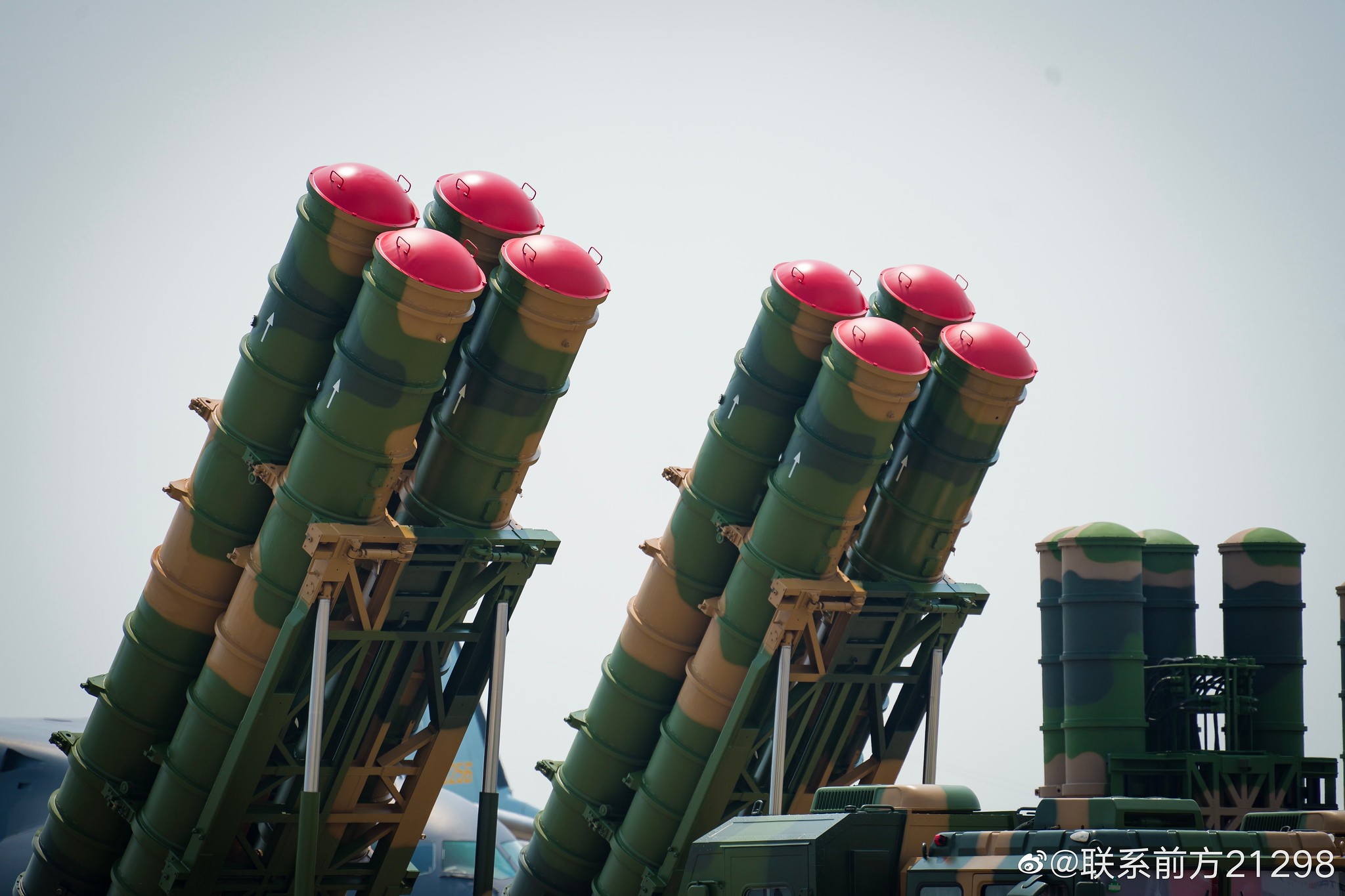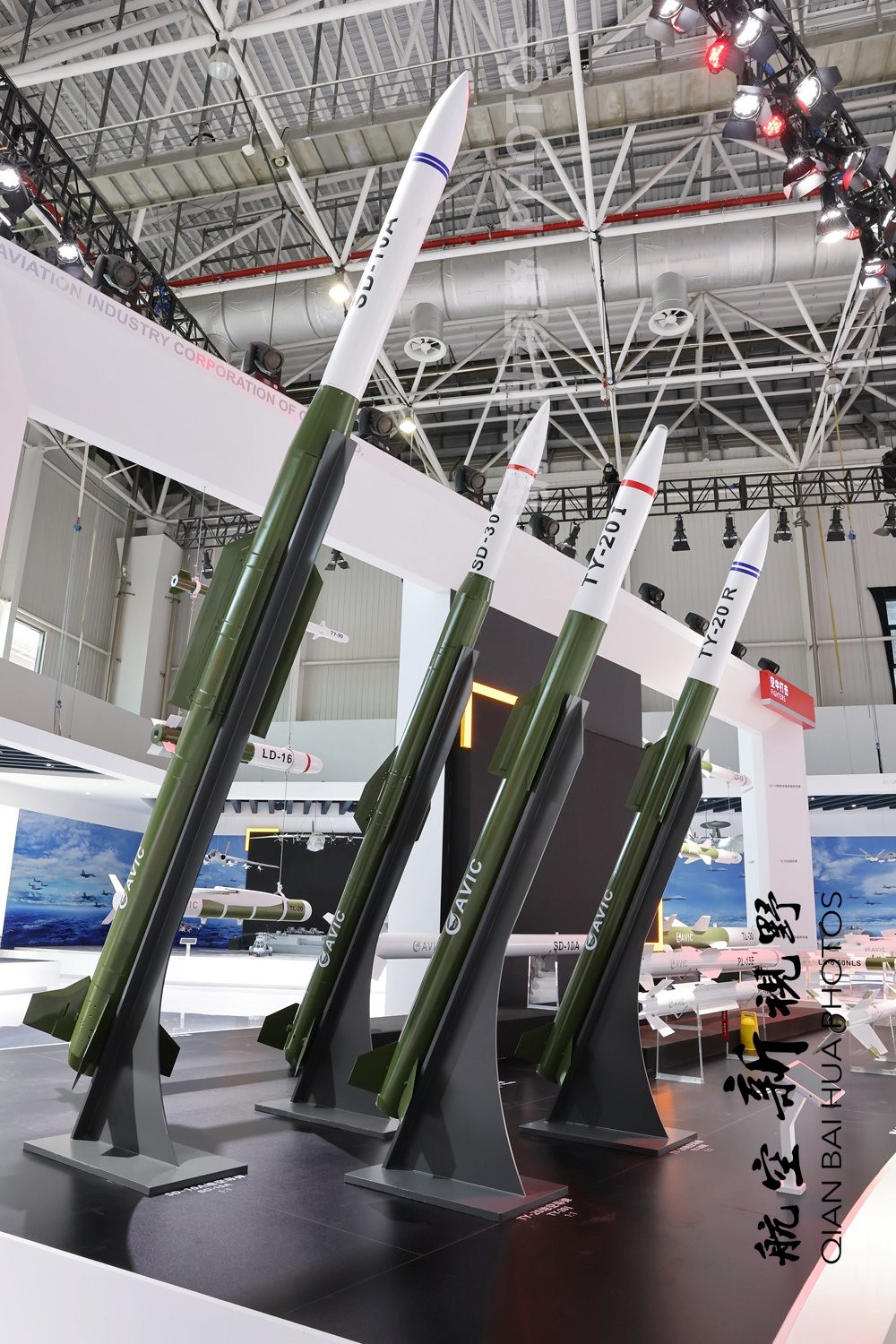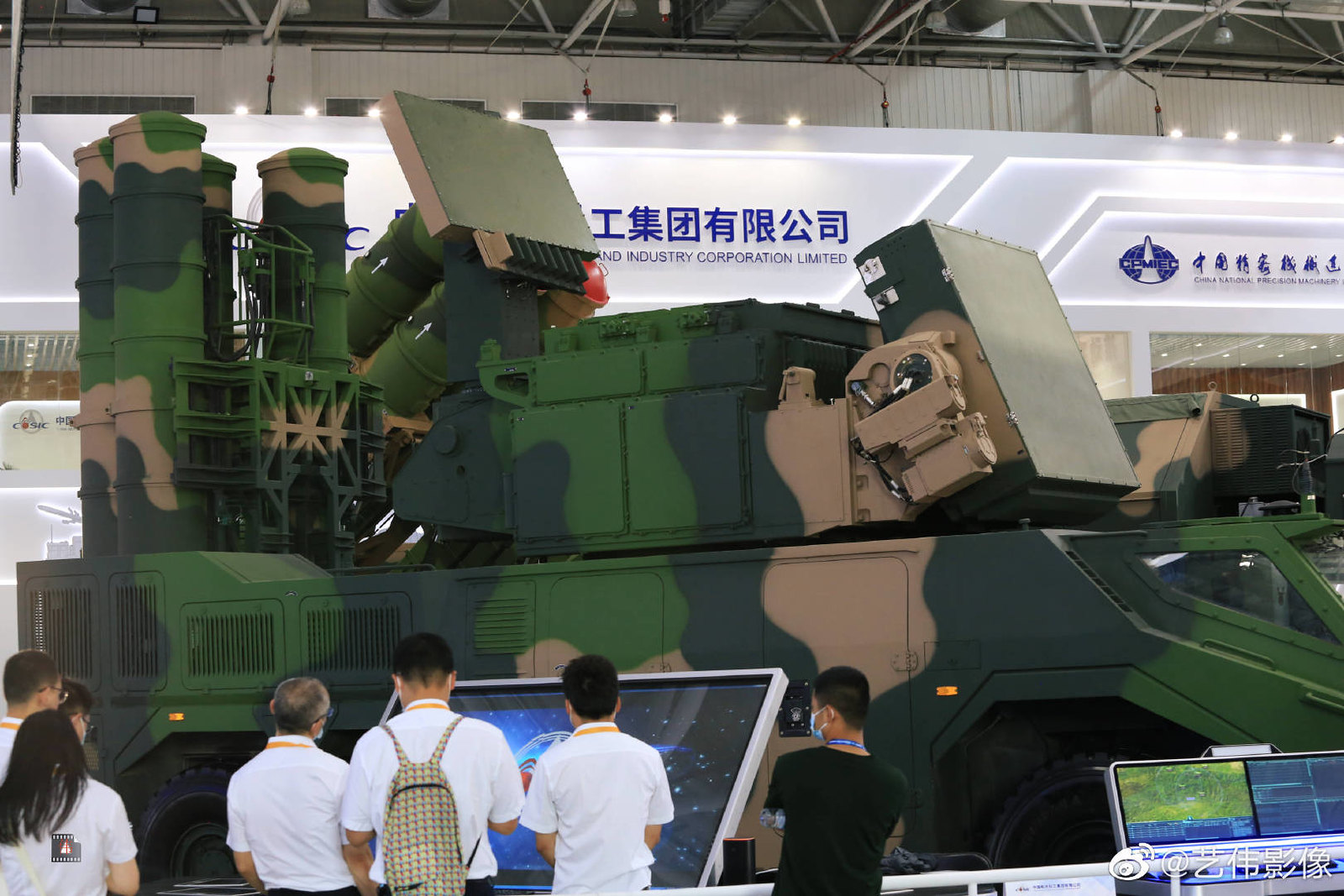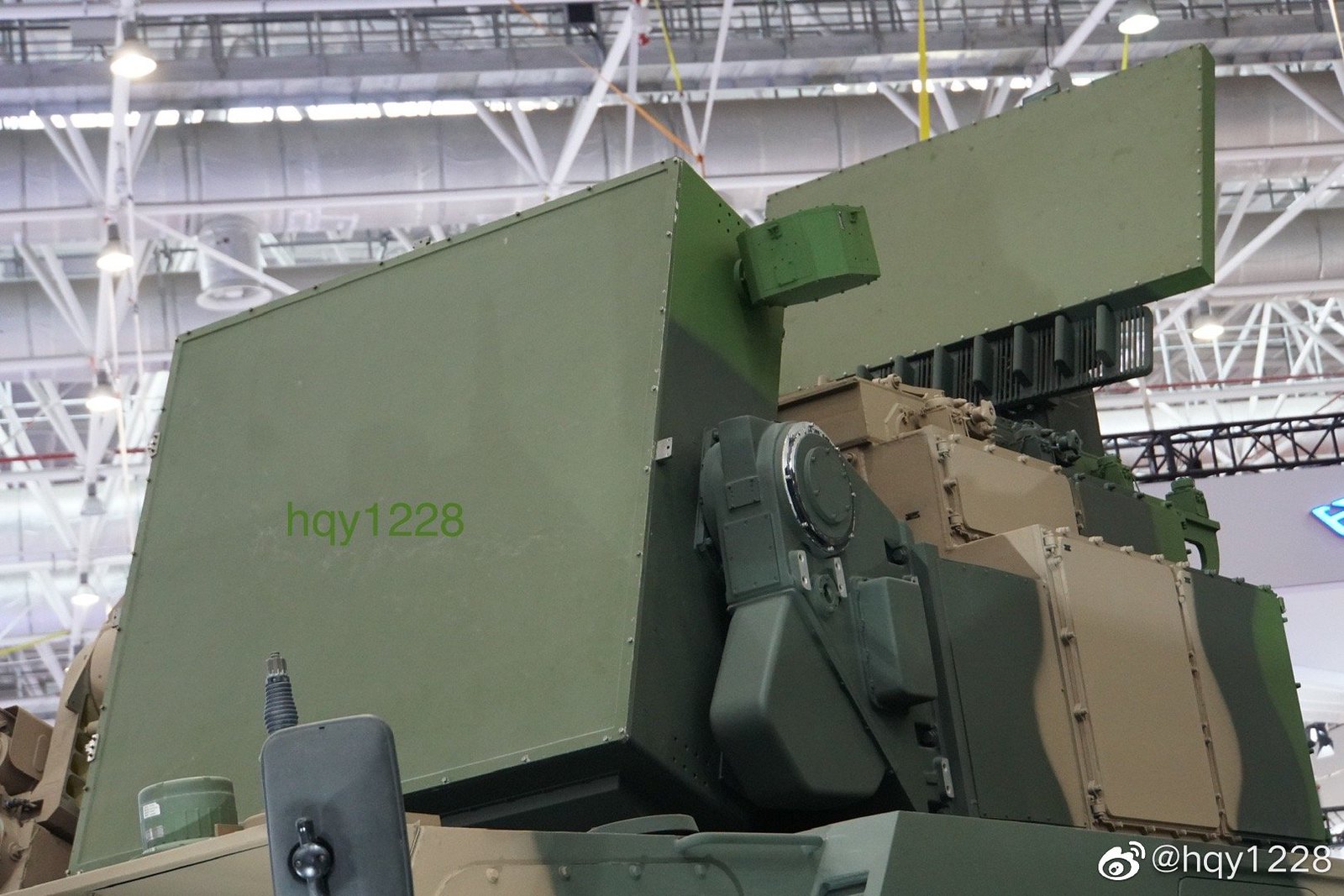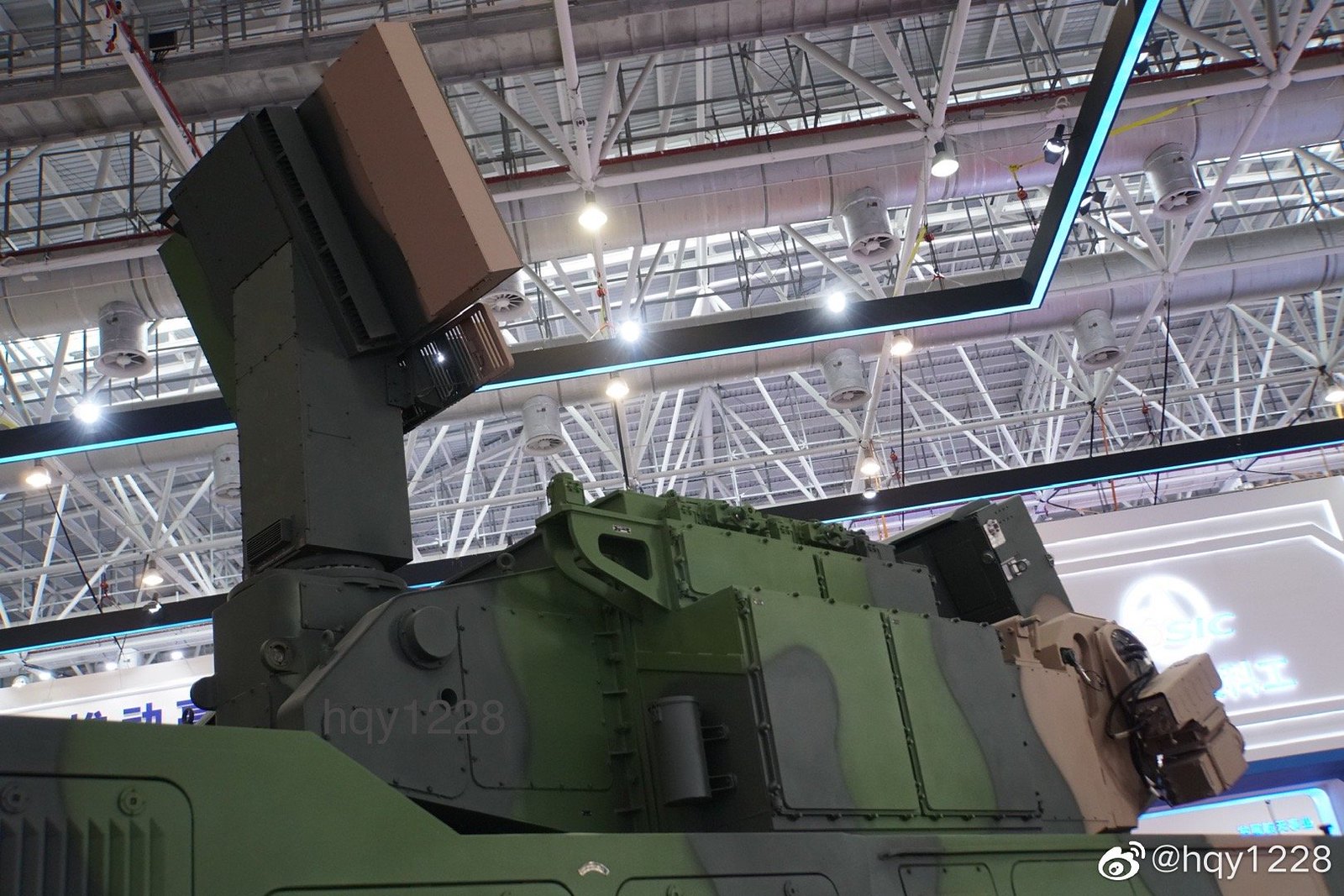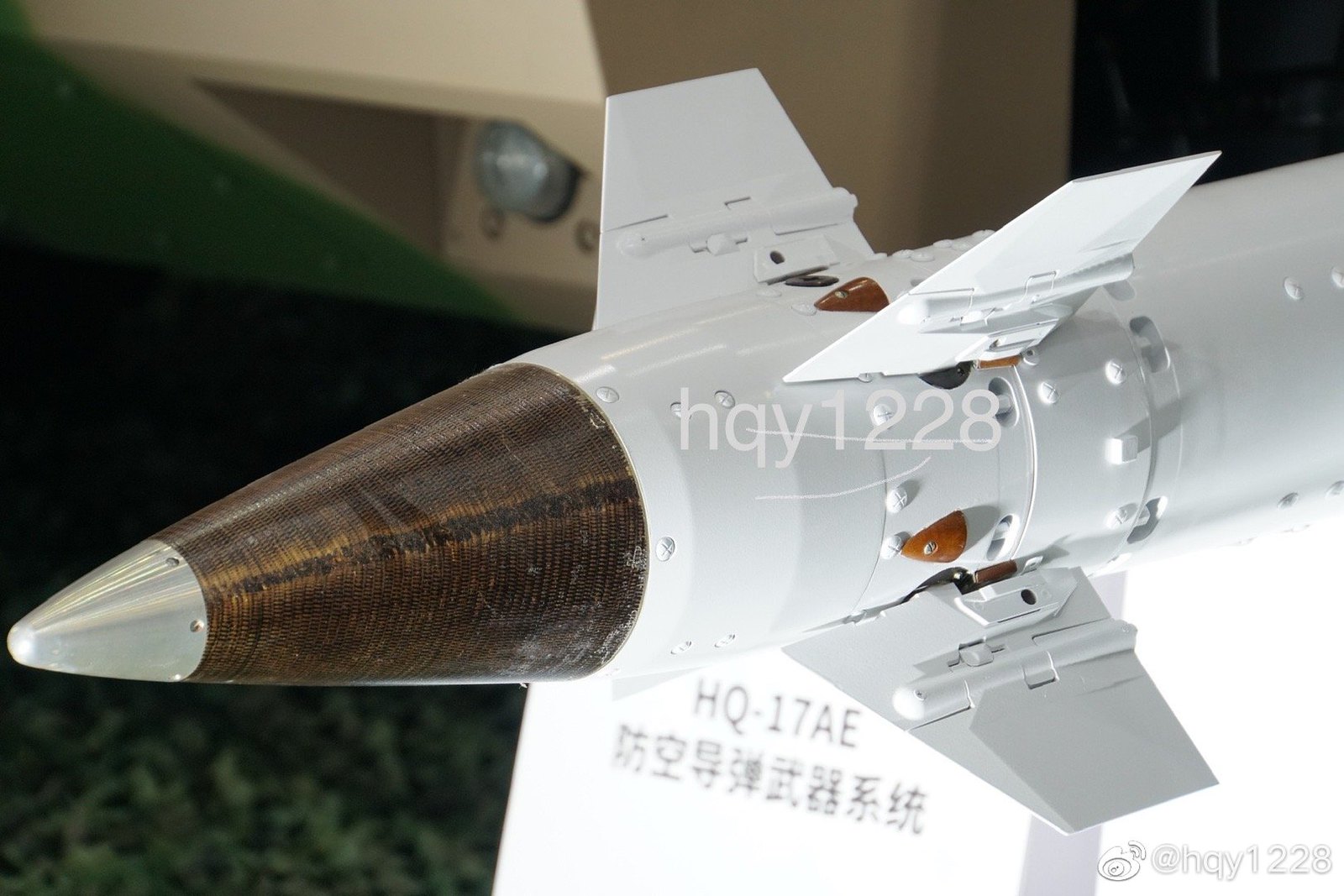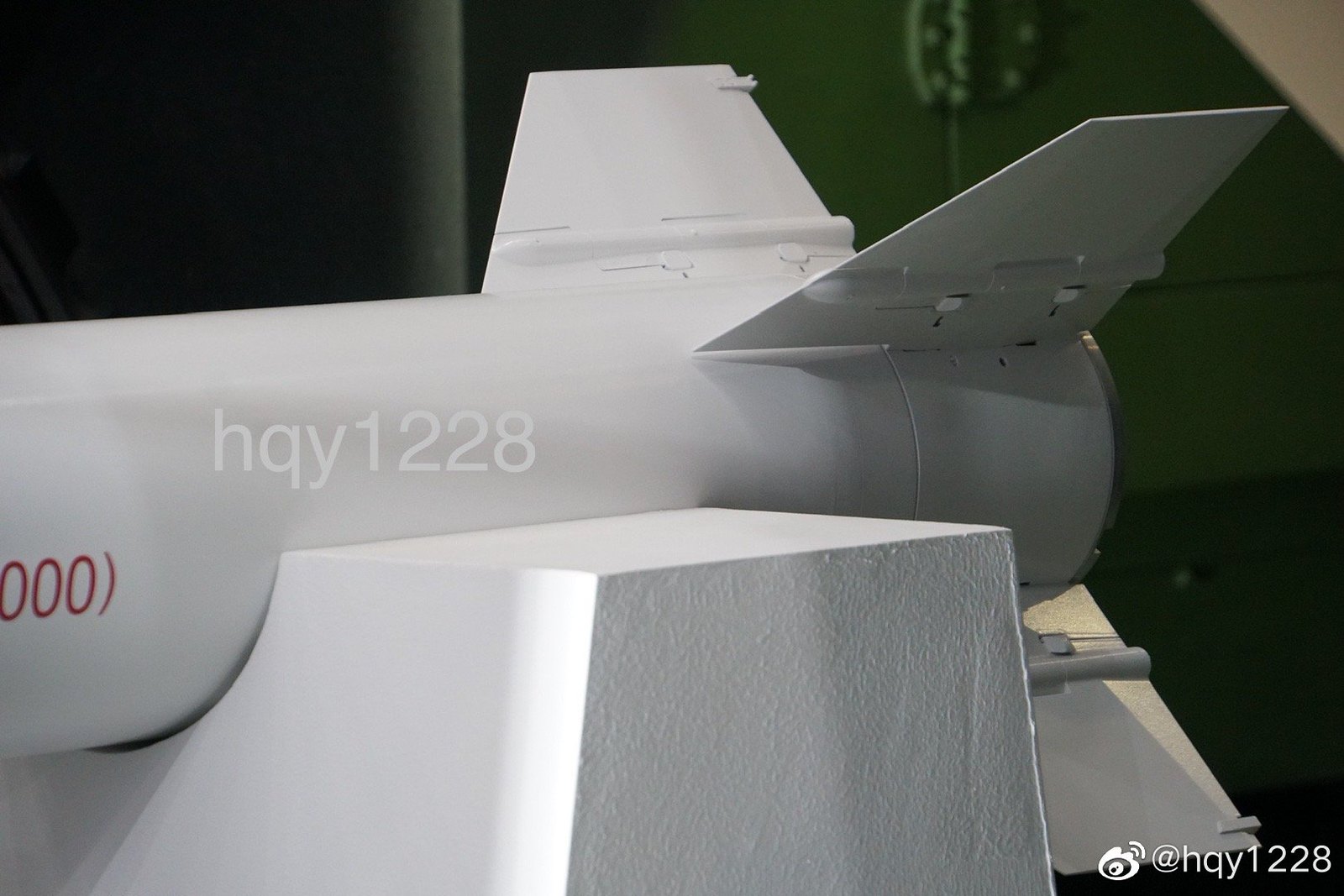You are using an out of date browser. It may not display this or other websites correctly.
You should upgrade or use an alternative browser.
You should upgrade or use an alternative browser.
PLA Anti-Air Missile (SAM) systems
- Thread starter FORBIN
- Start date
View attachment 77829
I do personally feel this image (alongside some previous images) is already telling us 90% of what a clean image of an entire missile would tell us.
The missile mockup shown doesn't have a booster. It has all moving rear fins and fairly long mid body strakes, all of which are hinged very close to the body. The rocket motor section is slightly wider than the nose section.
Actually, the overall layout is VERY much similar to the ESSM one. Though of course there are small differences.
ESSM's rear fins are smaller, also hinged.
Its strakes are longer, but smaller and fixed.
And of course the block 2 ESSM has the nose section of same width as the rest of the body.
I guess in a sense LY70 missile is also VERY similar to the LY80 missile as well.
Similar rear fins, though the LY70 has longer and smaller strakes, which don't seem to be hinged. And the front body is of the same diameter as the rocket engine.
Curiously, the strakes bit on LY80B is more similar to what we see on LY70. While those too seem to lack hinges, and aren't as large as LY70 ones, they are shorter and perhaps positioned more like these on LY70.
It's hard to get any real measumrents, of course.
But if we do manage to get them one day, I wouldn't be surprised to find out that LY70
and LY80 have a LOT in common. That LY70 is basically a slightly scaled down LY80. Possibly even that it uses very similar rocket motor, but one pushing more compact electronics/seeker/warhead. And of course there should be some tradeoff in performance due to hinged surfaces which likely require a heavier and sturdier construction.
As for quadpacking, IF the LY70 missile indeed does share diameter with LY80, at 0.34 m body diameter, plus hinges, plus clearance, we're likely looking at some 0.4 m, give or take, per missile.
Its way smaller than a LY-80/HQ-16, you can see that in proportion with the trailer.
LY-70
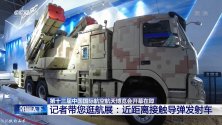
vs.
LY80/HQ-16
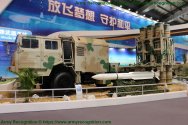
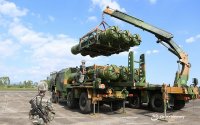
Based on the trailer sizes, I would say the LY-70 canister alone is nearly 4x smaller than the LY-80 canister.
Not accounting for the gap in the middle of the LY-70's trailer, the trailer could hold 12 missiles flat, while the HQ-16's trailer will only hold three if the canisters do not extend past the roof line of the trailer.
I suspect this missile is another contender to the PLAN's contract for a naval quad pack missile. There is also a good chance it may take it because CASC/SAST is responsible for the HQ-16 (CASIC for HQ-9?). CASC vs. CASIC sounds very confusing, sounds similar, working for the same goal but frenemy/rivals/competitors.
As for why it looks like ESSM its because they did the HQ-16/LY-80 which has the long mid body strakes that probably smooths the airflow around the body at high speed, at an increase in drag. The use of LY is reserved for SAST, along with two digits, while FX with xxxx digits is for CASIC product. FM3000 is like FD2000/HQ-9 is that they have a clean body, with only tail fins, but the FM3000 adds front fins or canards for increased maneuverability similar to HQ-17 design.
Compare the LY-70 trailer to the FM3000 trailer, and you can see the missiles and the canisters are similar in size.
FM3000
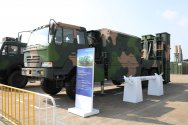
I wonder what the guidance method of the LY-70 is. To me it seems command guidance with a rotating radar acting both as a search radar and a tracking radar with staring ability, providing command updates to the missile. This way it can omit a dedicated tracking radar making the system very compact and the missile not needing an expensive seeker.
This system reminds me of the Iranian '9th Dey' SAM and if the above is true it wouldn't surprise me if the LY-70 is one of the many Chinese-Iranian radar/SAM collaborations. (With the Chinese providing most of the know-how and work)
Or it could just be a coincidence.
I see only a possible rotary phase array which looks similar to what the FM3000 uses. It possibly might be the same radar unit. I don't see any staring radar the one with HQ-17, so this looks to me a radar that has search and track function while providing updates to the missile. No staring function means nothing to suggest command guidance all the way, or semi-active homing. This is likely to be active radar guided. I doubt any Iranian collaboration. Iranian 9th Dey looks like it uses a radar that is similar to the phase array used on the Buk-M2, which by the day does SARH illumination, not command guidance. For this, 9th Dey looks to me it was derived from technologies taken from copying the Buk missile. HQ-16 is derived from Buk missile and the institution behind the HQ-16 is the one doing the LY-70, so there is a distant root connection between the two in ancestral heritage, but I doubt any direct collaboration.
Canisters are a horrible source of comparison for width, due to hinged surface differences.
But what bugs me about those LY70 images is the wide angle lens used. It makes various measurements almost impossible.
I mean, take the girl in front of the missile model, for example.
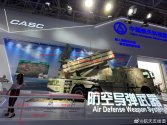
Of course we can't know if the girl is 1.5 m tall or 1.8 m tall. But that doesn't matter. What matters is that due to the wide angle lens the mere meter distance from the girl to the missile changes the size correlation quite a bit. By an unknown amount. If there was no wide angle lens, one could possibly deduce that the missile model is anywhere from 2.9 m to 3.5 m long.
But with the wide angle lens used, the missile model is surely bigger. Now is that 3 m or 4 m long - that's hard to say.
So one'd think that using the truck for measurements would be easier. But what starting scale to pin everything to? If we knew the model of the truck (it says 460 something on the cabin) maybe we could know the tire size.
But let's assume the tire size is 57.15 cm in diameter, which seems to be the most common tire size of a truck of similar class.
But if we assume that, and IF there'd be no wide angle lens distortion, the canisters on the truck would be mere 2 meters long. And mere 14 cm wide.
Which is obviously ludicrously tiny for a missile that can supposedly reach 40 km.
Now how much can lens distortion affect truck and tire size, and thus in turn, missile container size - is again hard to tell.
But tires on the truck do measure less, the more to the right of the image they are. First tire is 122 pixels, second tire is 117 pixels, while the rightmost tire is only 89 pixels (give or take). So... Using the middle tire for most exact reference, as it is under the middle of the canister, I still get roughly 200 pixels for 1 m of length. which would translate to 2.3 m in length.
But that's even more incredible than a 3m to 4 m long missile, as measured according to the missile model next to the girl.
Those tires can't possibly be much bigger than standard 22.5 inch. Can they? The next most common size is24.5 inch. So are we even looking at the 40 km missile in those containers? Or are we looking at something else? Or is the missile model next to the girl something that has little to no relevance to the actual, real use LY70 missile? Or is it something else completely? What's the deal here?
Now, the most logical answer to the girl issue is: lens distortion. And no matter how hard one tries, one can't compensate for lens distortion when measuring stuff from an image like this.
The most logical answer to the truck issue is... well, I've no idea. Maybe the truck tires are actually 0.9 m in diameter. With that tire size, the container to truck measurement would roughly correlate to missile model to girl measurement. But still, it's so damningly frustrating not to be able to get an exact and logical set of measurements.
Anyway, if the missile body is 3.5 m long then the body diameter is some 0.25 m. even with the folded strakes and clearance, it's plausible container itself is not much wider than 30 cm.
For comparison, British CAMM-ER missile is 4.2 m long, with body diameter of 19 cm, with more or less similar layout (including the narrower nose section) and has advertised range of 45 km.
But what bugs me about those LY70 images is the wide angle lens used. It makes various measurements almost impossible.
I mean, take the girl in front of the missile model, for example.

Of course we can't know if the girl is 1.5 m tall or 1.8 m tall. But that doesn't matter. What matters is that due to the wide angle lens the mere meter distance from the girl to the missile changes the size correlation quite a bit. By an unknown amount. If there was no wide angle lens, one could possibly deduce that the missile model is anywhere from 2.9 m to 3.5 m long.
But with the wide angle lens used, the missile model is surely bigger. Now is that 3 m or 4 m long - that's hard to say.
So one'd think that using the truck for measurements would be easier. But what starting scale to pin everything to? If we knew the model of the truck (it says 460 something on the cabin) maybe we could know the tire size.
But let's assume the tire size is 57.15 cm in diameter, which seems to be the most common tire size of a truck of similar class.
But if we assume that, and IF there'd be no wide angle lens distortion, the canisters on the truck would be mere 2 meters long. And mere 14 cm wide.
Which is obviously ludicrously tiny for a missile that can supposedly reach 40 km.
Now how much can lens distortion affect truck and tire size, and thus in turn, missile container size - is again hard to tell.
But tires on the truck do measure less, the more to the right of the image they are. First tire is 122 pixels, second tire is 117 pixels, while the rightmost tire is only 89 pixels (give or take). So... Using the middle tire for most exact reference, as it is under the middle of the canister, I still get roughly 200 pixels for 1 m of length. which would translate to 2.3 m in length.
But that's even more incredible than a 3m to 4 m long missile, as measured according to the missile model next to the girl.
Those tires can't possibly be much bigger than standard 22.5 inch. Can they? The next most common size is24.5 inch. So are we even looking at the 40 km missile in those containers? Or are we looking at something else? Or is the missile model next to the girl something that has little to no relevance to the actual, real use LY70 missile? Or is it something else completely? What's the deal here?
Now, the most logical answer to the girl issue is: lens distortion. And no matter how hard one tries, one can't compensate for lens distortion when measuring stuff from an image like this.
The most logical answer to the truck issue is... well, I've no idea. Maybe the truck tires are actually 0.9 m in diameter. With that tire size, the container to truck measurement would roughly correlate to missile model to girl measurement. But still, it's so damningly frustrating not to be able to get an exact and logical set of measurements.
Anyway, if the missile body is 3.5 m long then the body diameter is some 0.25 m. even with the folded strakes and clearance, it's plausible container itself is not much wider than 30 cm.
For comparison, British CAMM-ER missile is 4.2 m long, with body diameter of 19 cm, with more or less similar layout (including the narrower nose section) and has advertised range of 45 km.
Anyway, if the missile body is 3.5 m long then the body diameter is some 0.25 m. even with the folded strakes and clearance, it's plausible container itself is not much wider than 30 cm.
ESSM is 3.66 meters long and 0.254 meters wide.
Unable to access the image
broadsword
Brigadier
Unable to access the image
As someone wrote in another thread, it's either your browser or internet settings. What browser are you using? I'm the people here can help.
I will check it.As someone wrote in another thread, it's either your browser or internet settings. What browser are you using? I'm the people here can help.






